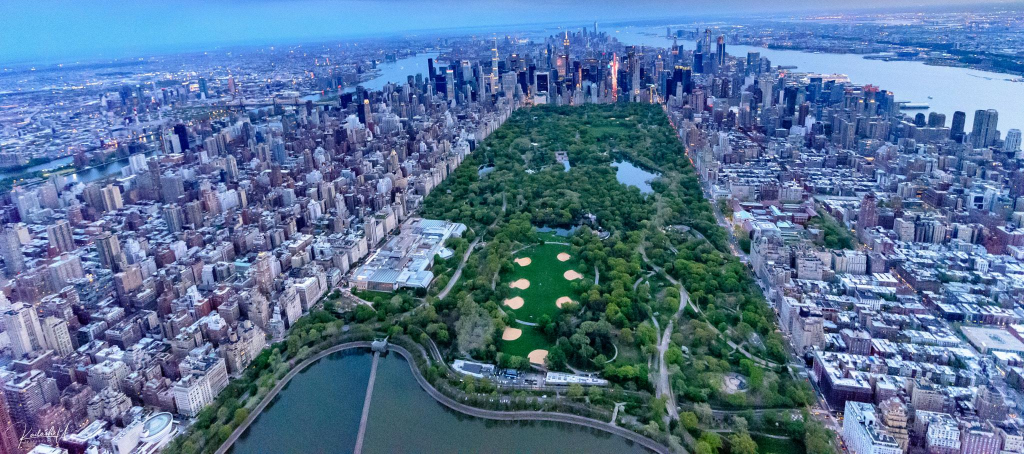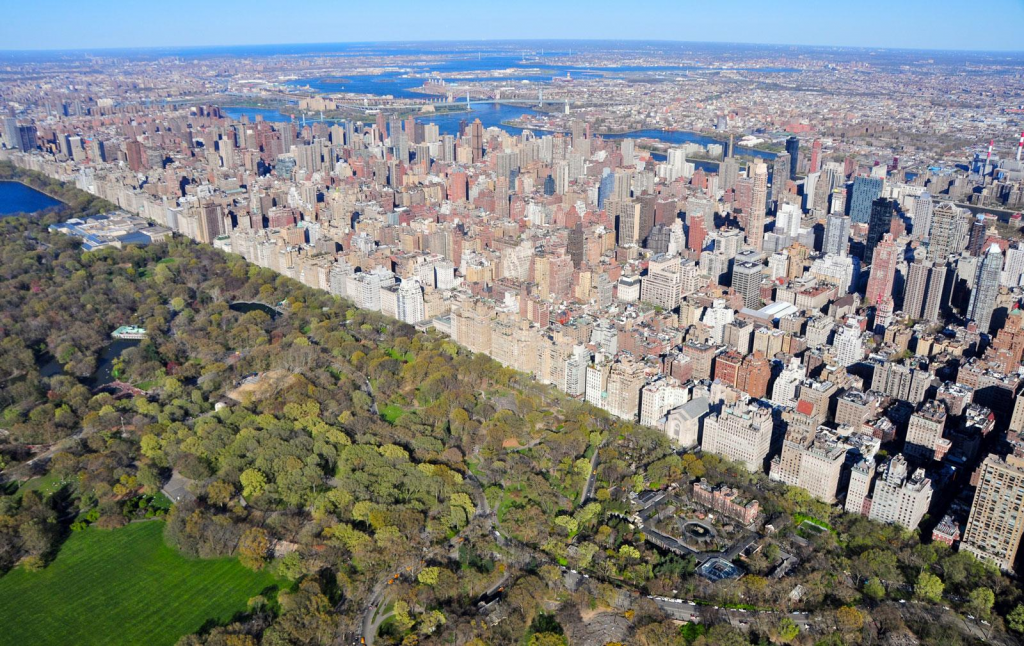Everyday urban concrete jungle
Concrete Jungles is the name given to a modern city or urban area filled with large buildings. Concrete Jungle also means an undesirable or dangerous place where there is fierce competition. Concrete Jungle is linked to urbanization. The term “Concrete Jungle” means both a symbol and a physical place. Therefore, Concrete Jungle represents the worst aspects of modern metropolitan life in its figurative meanings; cold concrete and steel constructions, artificial towers block the sun and cast a shadow on the earth.
Famous reggae star Bob Marley has a popular song. The song is called “Concrete Jungle”. Although the exact meaning of his words cannot be deciphered, Marley at one point articulated the hidden darkness of the urban social world. Overcrowding referred to a community of people who lived without knowing that they were in an overly organized cage. A study of Alicia Keys’ “New York” album shed a different light on Concrete Jungle. As you sing, New York is a concrete jungle to make dreams come true, a land full of possibilities, where there is nothing you can do, where the streets make you feel brand new, where the big lights will inspire you. But Alicia continued to warn that these lights could also blind residents.
What Are Concrete Jungles

Never forget that these cities promise love, even though they have as many pain points as indicated. These Concrete Jungles are located in Los Angeles, Washington, Beijing, New York, London, Toronto, Chicago, Paris, Rome, Miami, Hong Kong, Kuwait, Monaco, San Francisco etc. giant cities like. In fact, Concrete Jungle is a city that will offer you double standards. These cities take things from you and can offer some things. But rather, they are cities that present significant challenges and equally great opportunities. They have a lot of traffic, and although there have been any attempts to grow trees within the city, greening has always been done at a slower pace than the city’s expansion.
Why It’s Called Concrete Jungles

In fact, Concrete Jungles are the most modern cities in the world. There is no greenery in these cities and the number of cars is more than vegetation. In this way, there are many cities where deforestation and urbanization are increasing, and the number of such cities is increasing. These cities are dangerous because they cause health problems arising from the imbalance between cars, skyscrapers and the natural environment. Also, due to the overcrowding of human society, there are many problems among people in Concrete Jungles such as crime, fraud, insecurity and insensitivity. As mentioned earlier, one of the reasons Concrete Jungle got this name is because it is cold and insensitive. In these cities, situations such as racism, human discrimination, smuggling, environmental pollution, disrespect for the environment, robotized humanity manifest themselves more clearly. Concrete Jungles are places where poverty and homelessness prevail as well as wealth and high opportunities.
Diving Into An Ordinary Concrete Jungle

New York is an example of a Concrete Jungle, we can analyze it over this city. New York that never sleeps is perhaps the most photographed city in the world. New York is a densely populated borough with the world’s most important cultural, financial and media chain. It is a city that significantly influences and shapes commerce, entertainment, research, technology, education, politics, tourism, art, fashion and sports. The Empire State Building and the huge Center Park and Broadway theaters are among the city’s most famous structures and have become the city’s landmark. New York has a population of more than 8 million people and is America’s most populous city, with a new birth record every 4.4 minutes. In addition, more than 800 languages are used in this city. In this respect, New York is the city with the highest diversity of language populations. About 36% of the population is foreign nationals. As a result, although new solutions have been developed to some of these pollution challenges, such as using hybrid buses and city cars to reduce emissions, the relentless pollution of the environment still remains a more pressing issue. Of course, there will be various changes in the daily life of a city with an estimated population of 8,000,000. But almost all of them have one thing in common: the need to work, the need to work. Of course, very few New Yorkers are financially secure or have some other work arrangement that allows them to enjoy endless free time by spending their days at the park or shopping.
Surviving Life In The Concrete Jungle
The vast majority of Concrete Forest people have to work nonstop to pay their bills because of their high rent or mortgage debts. For many people, that means waking up, having breakfast at home, then catching a crowded subway or bus to work. Sometimes parents with young children may need to take their children to school or the school bus before starting their daily routine. Some may hit the gym before going to work in the morning. They can then have lunch at work or near their business premises later in the day. It will be time to face the endless traffic on the way home after work. At the same time, New Yorkers are all in a hurry.
As a result, after-work rituals can be quite diverse. Some go to other jobs, while others return home to their spouse, friends, family or children. Some people come home to eat and just watch TV, while others go to the gym or go to dinner with their colleagues before returning home in the evening. Not everyone goes to work every day. Some people work in schools, hospitals or government. Some New Yorkers are self-employed and work from home. Some parents prefer to be at home with their children and manage the family. Some are self-employed who work long hours to make their companies profitable, while others are unemployed and looking for work.
Pros and Cons of Living in Concrete Jungles
Pros
Concrete Jungles are the place of greatest opportunity. As mentioned earlier, they are cities where anything is possible. Walls, towers, skyscrapers – these works are very inspiring. 24/7 shining lights illuminate the city. For an entrepreneur, there are thousands of big companies in these cities. For a tourist, the surprises of these cities are endless. And for a student, the teaching is top-notch quality. These cities have the biggest name and power in commerce and technology. There is always something interesting going on; There’s always something going on, whether it’s an exhibit at a museum exhibit, a random stroll through the central park, or a five-course dinner at Five Star Restaurant. So you never have a dull moment living in a Concrete Jungle. The city never sleeps – the city lights are on 24/7! No random power outages – except in very rare circumstances. However, backup generators are available to sustain this population. In addition, more advanced solar panels are used in cases where standard electrical power is cut or affects the environment. Bars, malls, clubs, restaurants and any retail store you can think of are also open 24 hours a day. Therefore, if you are craving pizza at 2 in the morning, you can easily find it. There is always something active nearby for night walkers, foodies and romantics alike.
Cons
It is possible to sink financially in a concrete jungle. Jeff Read once said: “It doesn’t matter that most people know how to survive in the wild. But everyone should know how to survive in the Concrete Jungle.” Hard work is the only way to survive the ostentatious and brutal standard of living in a concrete jungle. Crowds will be an essential part of your life, as most concrete jungles are overpopulated. Prepare yourself for this. Concrete Jungle has a huge impact on the environment, especially nature. The ever-growing Concrete Jungles put many things at great risk on which our robustness depends. Climate stability, the location and productivity of natural systems, the beauty of the earth’s nature, biodiversity – against all of this, Concrete Jungles pose a threat. These concrete jungles are beautiful but chaotic – unique buildings, modern towers juxtaposed with old-style residential buildings, and urbanization is wreaking havoc on the environment.






